You are hereBlogs / WcP.Scientific.Mind's blog / Nature's Law. Gentoo penguins can reach top speeds of 22 mph, swimming! Even squirrels know to avoid GMO foods!
Nature's Law. Gentoo penguins can reach top speeds of 22 mph, swimming! Even squirrels know to avoid GMO foods!
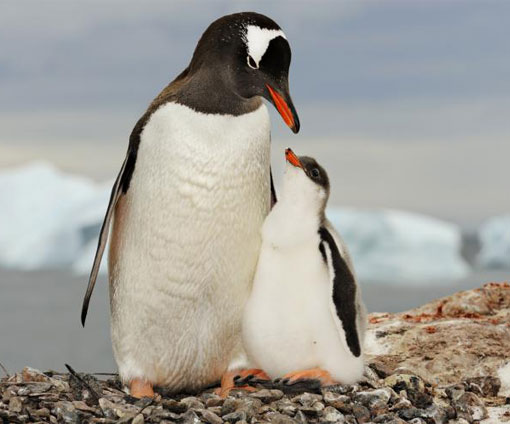

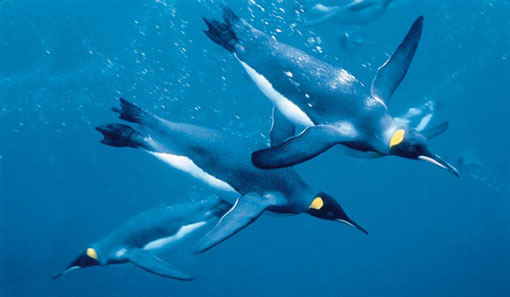
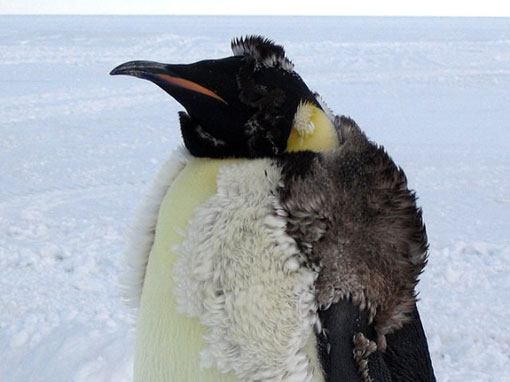
Once a year, penguins experience a catastrophic molt. (Yes, that’s the official term.) Most birds molt (lose feathers and regrow them) a few at a time throughout the year, but penguins lose them all at once.
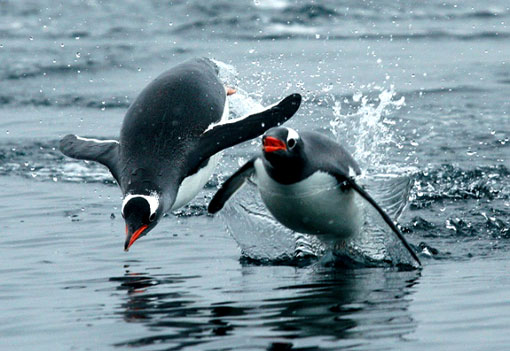
Gentoo penguins “porpoise” by jumping out of the water. They can move faster through air than water, so will often porpoise to escape from a predator.
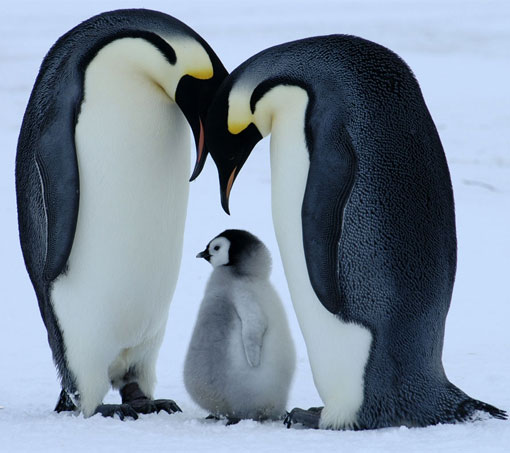
(quote)
Most penguins swim underwater at around four to seven miles per hour (mph), but the fastest penguin—the gentoo (Pygoscelis papua)—can reach top speeds of 22 mph!
1. Depending on which scientist you ask, there are 17–20 species of penguins alive today, all of which live in the southern half of the globe. The most northerly penguins are Galapagos penguins (Spheniscus mendiculus), which occasionally poke their heads north of the equator.
2. While they can’t fly through the air with their flippers, many penguin species take to the air when they leap from the water onto the ice. Just before taking flight, they release air bubbles from their feathers. This cuts the drag on their bodies, allowing them to double or triple their swimming speed quickly and launch into the air.
3. Most penguins swim underwater at around four to seven miles per hour (mph), but the fastest penguin—the gentoo (Pygoscelis papua)—can reach top speeds of 22 mph!
4. Penguins don’t wear tuxedos to make a fashion statement: it helps them be camouflaged while swimming. From above, their black backs blend into the dark ocean water and, from below, their white bellies match the bright surface lit by sunlight. This helps them avoid predators, such as leopard seals, and hunt for fish unseen.
5. The earliest known penguin fossil was found in 61.6 million-year old Antarctic rock, about 4-5 million years after the mass extinction that killed the dinosaurs. Waimanu manneringi stood upright and waddled like modern day penguins, but was likely more awkward in the water. Some fossil penguins were much larger than any penguin living today, reaching 4.5 feet tall!
6. Like other birds, penguins don’t have teeth. Instead, they have backward-facing fleshy spines that line the inside of their mouths. These help them guide their fishy meals down their throat.
(unquote)
Photo courtesy Brian Skerry / National Geographic, tumblr, Polar Cruises, Gilad Rom (Flickr), Carlie Reum / National Science Foundation, and iwallscreen.com


















